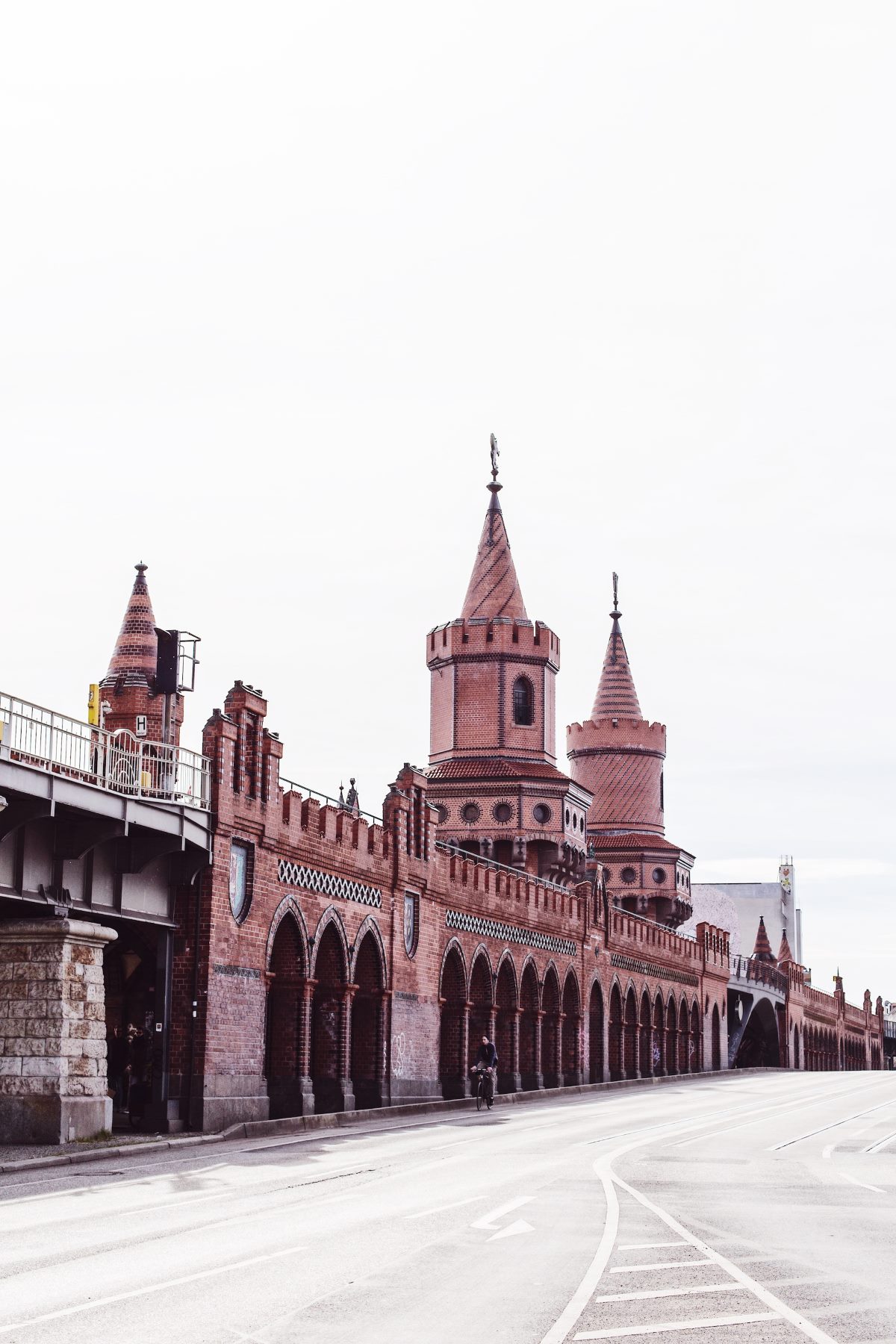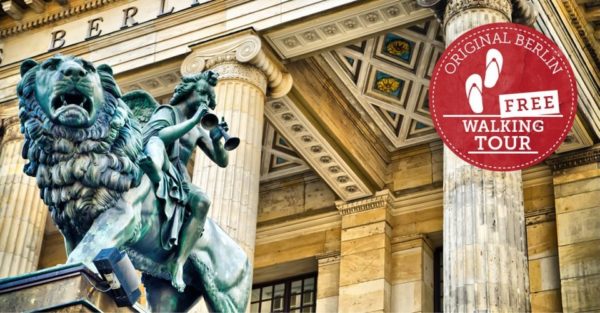The Olympic Stadium in Berlin, Germany, is an architectural and historical masterpiece that has captivated millions of visitors since its construction. It stands as a symbol of both sporting excellence and political history. In this blog post, we will explore the fascinating history behind this iconic stadium.
A Brief Background
The Olympic Stadium in Berlin was built to host the Summer Olympics in 1936. Designed by renowned architect Werner March, the stadium is an excellent example of the architectural style prevalent during the Nazi regime. Stretching across 130 hectares, the stadium complex has a seating capacity of over 74,000.
Architectural Marvel
The stadium’s design is a blend of classical and modern elements. Its most distinctive feature is the monumental bell tower, standing at 77 meters high. The bell tower provides a panoramic view of the entire stadium and was initially used to broadcast the Olympics to a broader audience.
The Olympic Stadium incorporates numerous classical and Roman-inspired architectural elements, such as arched entrances and columns. The main entrance features the “Marathon Gate,” adorned with marble reliefs depicting heroic athletic figures, symbolizing the Olympics’ spirit.
A Connection to German History
Beyond its architectural significance, the stadium holds a significant place in German history. It was commissioned by Adolf Hitler as part of his grand vision to showcase the superiority of the Aryan race to the world.
During the 1936 Summer Olympics, controversially hosted by Nazi Germany, the Olympic Stadium served as a platform for Hitler’s propaganda. Despite this dark history, the stadium’s significance cannot be denied.
Legacy and Transformation
After the end of World War II, the stadium underwent several transformations and was passed between occupying forces. It experienced considerable damage during the war, but efforts to restore and preserve the stadium’s historical value have been ongoing.
Today, the Olympic Stadium is primarily used as a venue for national and international football matches, including those of the German national team. Visitors can also explore the Olympic Park surrounding the stadium, which features various sports facilities and recreational areas.
Visiting the Olympic Stadium
If you’re planning to visit Berlin, a trip to the Olympic Stadium should be on your itinerary. Here are a few tips to make the most of your visit:
- Take a guided tour: A guided tour of the stadium offers a deeper understanding of its history and architecture. Knowledgeable guides share intriguing stories and provide insights that enhance the experience.
- Visit the Olympic Park: Once you’re at the stadium, explore the vast Olympic Park, where you can relax, enjoy a picnic, or even rent a boat to row on the Olympiasee lake.
- Learn at the Olympic Stadium Exhibition: The stadium features an exhibition that delves into its history and captures the atmosphere of the 1936 Olympics. This interactive display is educational and emotionally impactful.
In Conclusion
The Olympic Stadium in Berlin, Germany, stands as a testament to both architectural brilliance and a dark period in history. While its construction was for political propaganda, its historical significance cannot be overlooked. Today, the stadium serves as a reminder of the events that took place during the 1936 Olympics and allows visitors to reflect on the power and impact of sports and architecture. Make sure to add the Olympic Stadium to your must-visit list when exploring Berlin!

